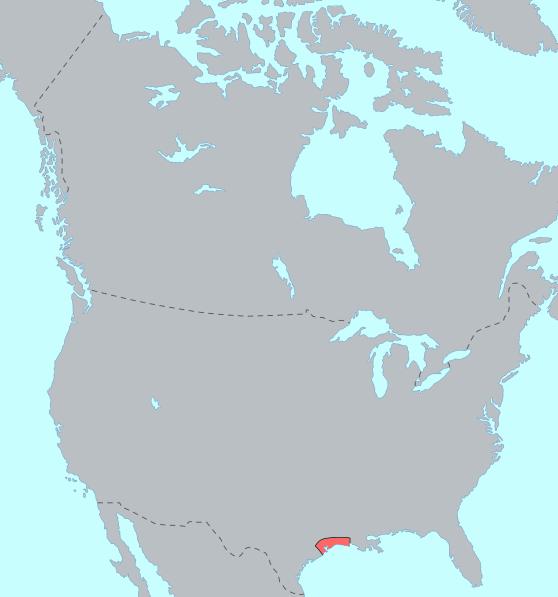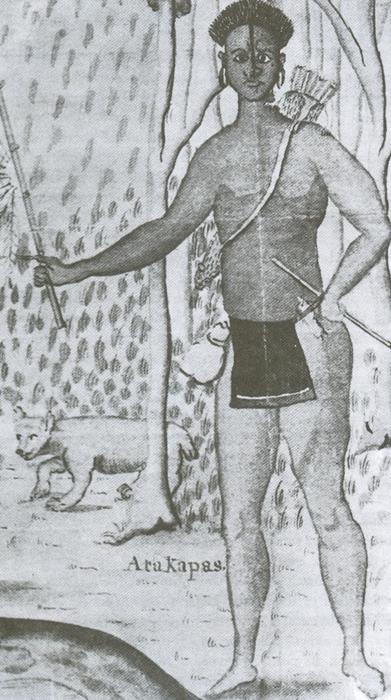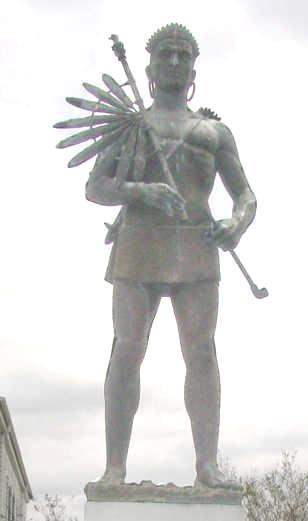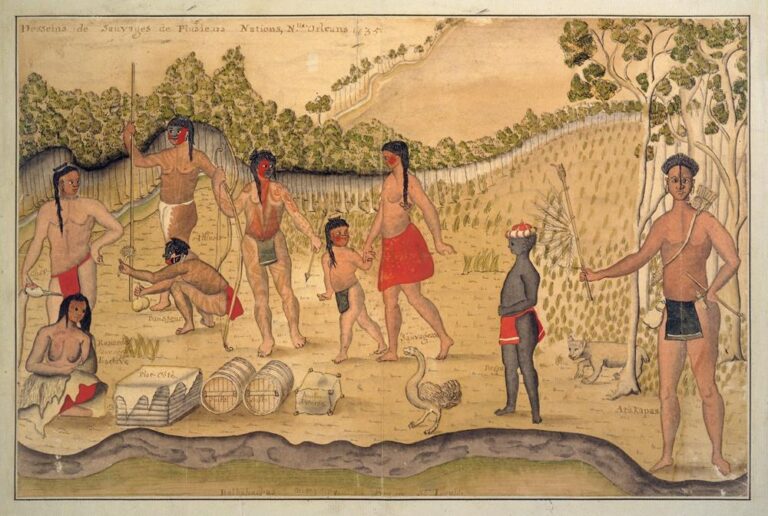Before Texas became part of Spain, Mexico, or the United States, the coastal plains of Southeast Texas were home to the Atakapa people, who called themselves the Ishak, meaning “the people.” They lived along the bays, marshes, and river valleys where today’s cities like Houston, Beaumont, and Galveston are located. Known for their deep connection to the land and water, the Atakapa played a significant role in the early history of Texas, even though their name appears less often in textbooks than tribes like the Comanche or Caddo.
This article explores the fascinating history, culture, and legacy of the Atakapa people—revealing how they lived, what challenges they faced, and how their story lives on today.
Homeland on the Gulf Coast
The Atakapa traditionally lived in southeast Texas and southwest Louisiana, thriving in the region where rivers flow into marshes and estuaries along the Gulf Coast. In Texas, their territory included Galveston Bay, the lower Trinity River basin, and the Sabine River region. These waterways served as highways for travel, trade, and fishing, sustaining a way of life closely tied to the coastal environment.
Several bands made up the larger Atakapa group, with the Akokisa (Orcoquiza) being the primary band located in Texas.
Language and Identity

The people we call the Atakapa were referred to by this name by European explorers, but they called themselves Ishak, meaning “the people.” Their language, known as Atakapan, is now extinct, but historical records show it was unrelated to neighboring tribal languages, giving the Atakapa a unique cultural identity.
Although their language is no longer spoken, efforts to preserve what is known of it continue among descendant communities.
Seasonal Lifestyle and Shelters
The Atakapa were semi-nomadic coastal people. They lived in small bands and moved according to the seasons:
- Along the coast in winter, where fish, shellfish, and waterfowl were abundant.
- Inland during summer, hunting deer, bear, and gathering nuts, berries, and plants.
Their shelters were dome-shaped wigwams made of bent willow poles covered with woven mats or animal hides. These structures were lightweight and portable, allowing the Atakapa to adapt to changing seasons and weather.
Food, Tools, and Daily Life
The Atakapa relied heavily on coastal resources. Their diet included:
- Fish, oysters, clams, and crabs
- Deer, small game, and occasional bison
- Wild fruits, acorns, roots, and seeds
They were skilled fishers and canoe builders, crafting dugout canoes from cypress logs. These canoes allowed them to travel through the extensive marshlands and bays of their homeland. Tools were made from stone, bone, and shells, which were shaped into knives, hooks, arrowheads, and scrapers.
Culture and Social Structure

Atakapa society was organized into small independent bands, each led by a chief. Families lived in close-knit communities and cooperated in gathering food, building homes, and participating in religious ceremonies.
While some early European sources claimed the Atakapa practiced ritual cannibalism, historians now widely agree these accounts were often exaggerated or misunderstood, influenced by conflict and cultural bias. What is clear is that the Atakapa had rich oral traditions, spiritual customs, and a deep sense of connection to their land and ancestors.
First Contact with Europeans
The Atakapa were among the earliest Texas tribes encountered by Europeans. In 1528, Spanish explorer Cabeza de Vaca passed through the region after being shipwrecked near Galveston Island. Later explorers, including French colonists under La Salle, wrote accounts of the Atakapa people, noting their coastal villages and distinctive customs.
As European settlement increased in the 1700s, Spanish missionaries attempted to convert the Atakapa and settle them into missions, but most bands resisted, preferring their traditional seasonal lifestyle.
Decline and Displacement
By the late 1700s and early 1800s, the Atakapa population declined rapidly due to:
- European diseases, including smallpox and measles
- Loss of land to Spanish, French, Mexican, and American settlers
- Conflict with other tribes and colonists
- Pressure to assimilate or relocate
Some Atakapa moved further west into Texas or east into Louisiana, where they merged with other tribes or local communities. By the mid-1800s, they were no longer documented as a distinct tribal entity in Texas.
Legacy of the Atakapa Tribe

Although the Atakapa are often referred to as “extinct” in historical records, their descendants are still present today in both Texas and Louisiana. Cultural revitalization efforts are underway to preserve Atakapa history, including language recovery projects and historic recognition programs.
Their legacy lives on in place names, archaeological sites, and in the stories preserved by descendant communities. They are remembered as one of the earliest peoples of the Texas coast, skilled navigators of bay and marsh, and a crucial part of Texas’s Indigenous heritage.
Conclusion
The story of the Atakapa people reveals a culture uniquely adapted to the Texas Gulf Coast—resourceful, mobile, and resilient. Though their numbers were diminished by colonization, their legacy continues through modern descendants, historical research, and Texas’s enduring coastal traditions.
By learning about the Atakapa, we gain a greater understanding of how the earliest inhabitants shaped the natural and cultural landscape of Texas.


